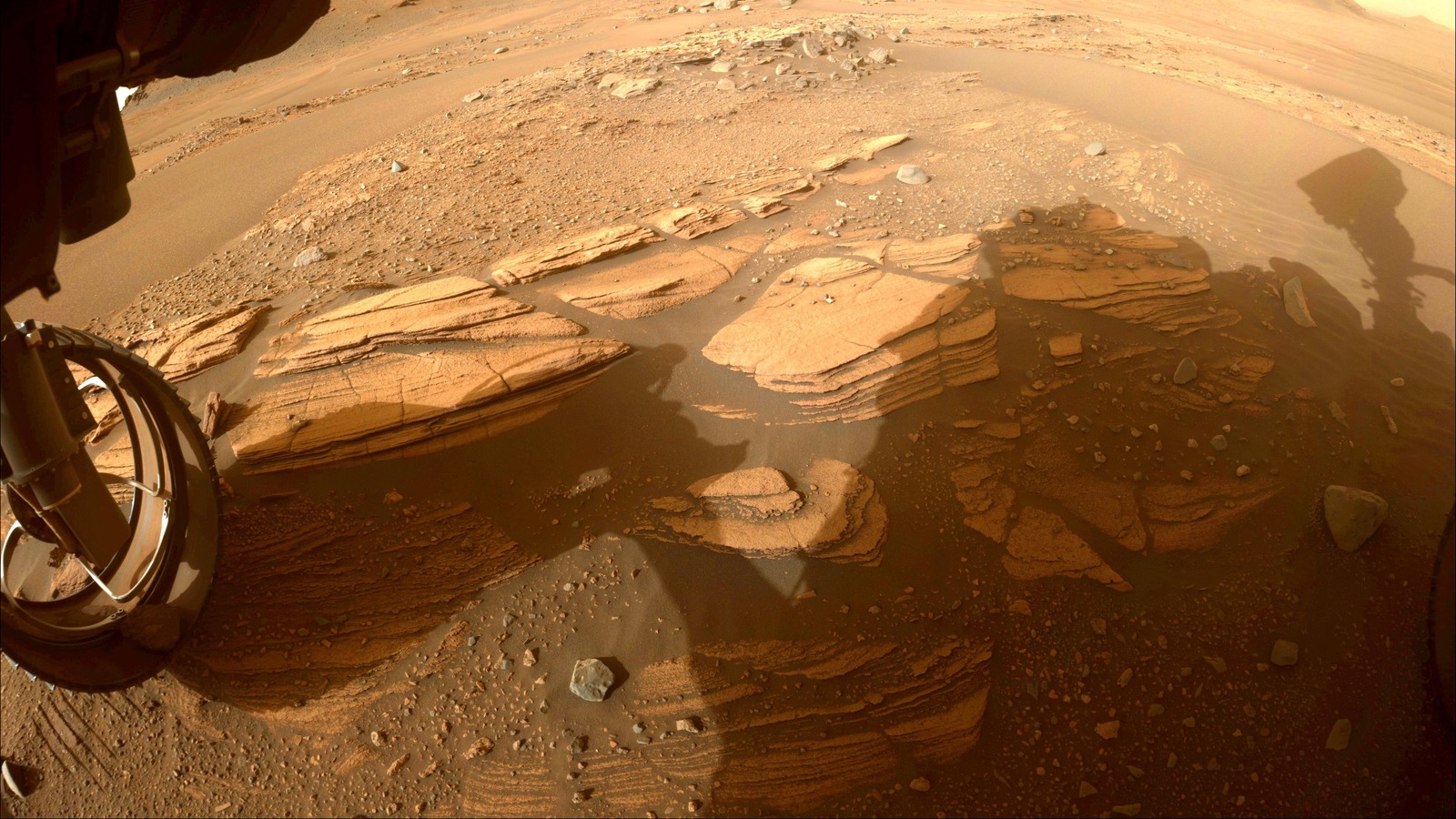
The samples that the rover has collected from the delta are interesting because they are of a different type from previous samples. Most of the samples the rover collected in its first science campaign, which covered the floor of the Jezero crater, were igneous rocks that are formed by cooling lava. The recent samples collected from the delta, by contrast, are sedimentary rocks that are formed by layers of sediment laid down in the presence of water.
“The delta, with its diverse sedimentary rocks, contrasts beautifully with the igneous rocks — formed from crystallization of magma — discovered on the crater floor,” Perseverance project scientist Ken Farley explained. “This juxtaposition provides us with a rich understanding of the geologic history after the crater formed and a diverse sample suite. For example, we found a sandstone that carries grains and rock fragments created far from Jezero Crater — and a mudstone that includes intriguing organic compounds.”
Those organic compounds are a major discovery. The Curiosity rover has also found organic molecules in its exploration of Mars’s Gale Crater, but the Perseverance discovery is particularly notable because the organic compounds were found in the delta area which could once have been hospitable to life.
Stay connected with us on social media platform for instant update click here to join our Twitter, & Facebook
We are now on Telegram. Click here to join our channel (@TechiUpdate) and stay updated with the latest Technology headlines.
For all the latest Entertainment News Click Here
